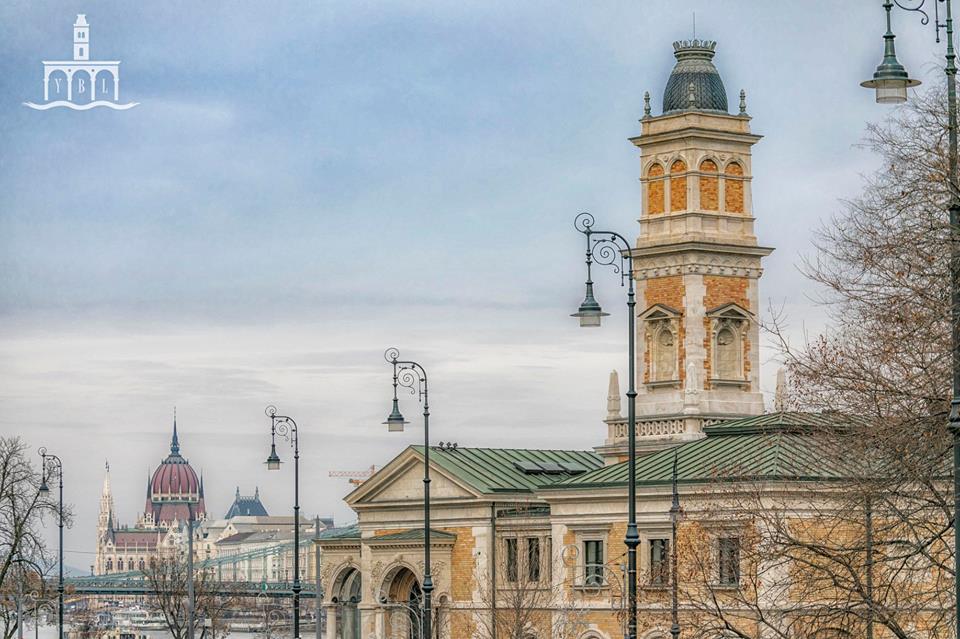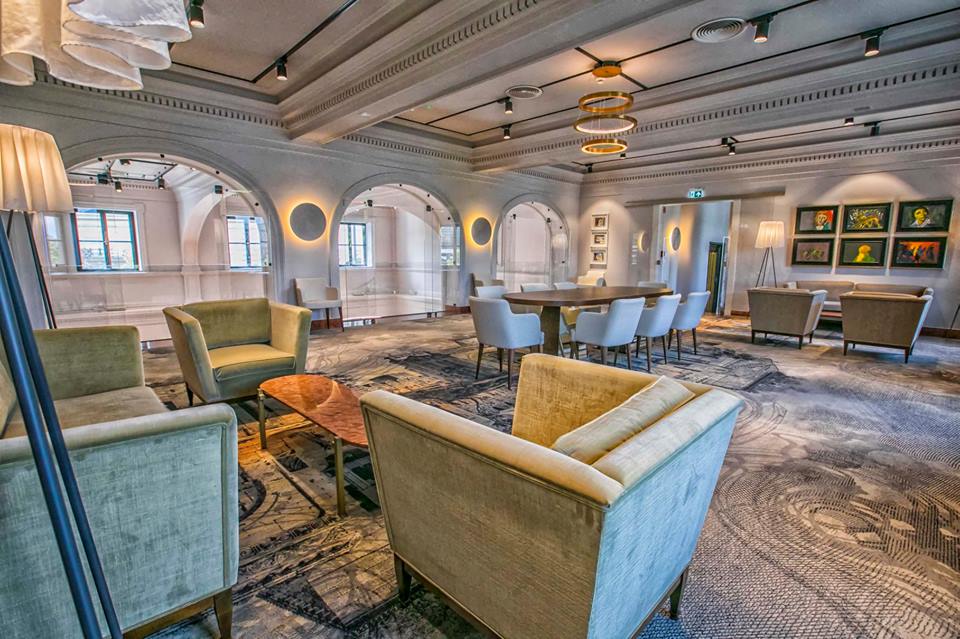A wonder-palace reborn in the heart of the Hungarian capital city

The Castle Garden Kiosk (Várkert Kioszk) is an elegant, marvellous building that was built in the same era as the Castle Garden Bazaar (Várkert Bazár), yet we know less about it. The kiosk’s history and original function are really interesting. Recently, it went through a major renovation; here are the results.
Pestbuda wrote about the renovated Castle Garden Kiosk that shines in its new form. The kiosk was built between 1875 and 1882 based on the plans of Miklós Ybl. He was the architect of St. Stephen’s Basilica, the Hungarian State Opera, the Castle Garden Bazaar and many more buildings in the countryside and in Budapest, too.

facebook.com/YblBudaiKreativHaz
Its architectural style is historicism with Florentine Renaissance elements, just like the Castle Garden Bazaar. Despite the kiosk’s wonderful look, it was not made for an entertainment centre. Instead, this building included the royal palace’s building and gardens as well as its stable and the pump house.
Loggia
One of the most beautiful parts of the building is the loggia. The half-open, arcade-like arches of the entrance hall are covered with sgrafitto designs. The renovated sgraffito is heavenly, thanks to Róbert Scholtz’s renovation work in 2017.

budaikreativhaz.hu
The loggia is heated in the winter and air-conditioned in the summer, but it still gives the impression of sitting outside in the fresh air.
Café
Entering the building, we arrive at the café’s monumental area, which resembles the atmosphere of the former Castle Garden Kiosk. The new colours and furniture really “lighten” the room, which is centred around the huge bar counter. Its equipment is modern, but it also carries classic elements.

source: youtube.com
Aqua Exhibition Space
The heart of the pump house designed by Ybl was the boiler room, which has now become a sparkling modern exhibition and event room. During the renovation, they formed a clean, fresh, crowded space that could perfectly serve as a venue for all kinds of events.

facebook.com/YblBudaiKreativHaz
Kovásznai Salon
The Aqua Exhibition Hall on the Danube side has a cosy gallery. This space was once the home of the master of steam engines and the maid’s room. Today, the walls are decorated with expressive, vibrant images from painter György Kovásznai. This is the origin of the hall’s name, which is a tribute to the work of the excellent artist. Looking at the glass windows of the Kovásznai Salon, you can also look at the exhibition in the Aqua Exhibition Space from a special perspective.

Terra exhibition room
It works not only as an exhibition space but also as a location for various events. In the vaulted rooms on the basement level, coal was once stored. The canals of underground loading tunnels and water purification tanks are here.

facebook.com/YblBudaiKreativHaz
Source: pestbuda.hu, budaikreativhaz.hu





